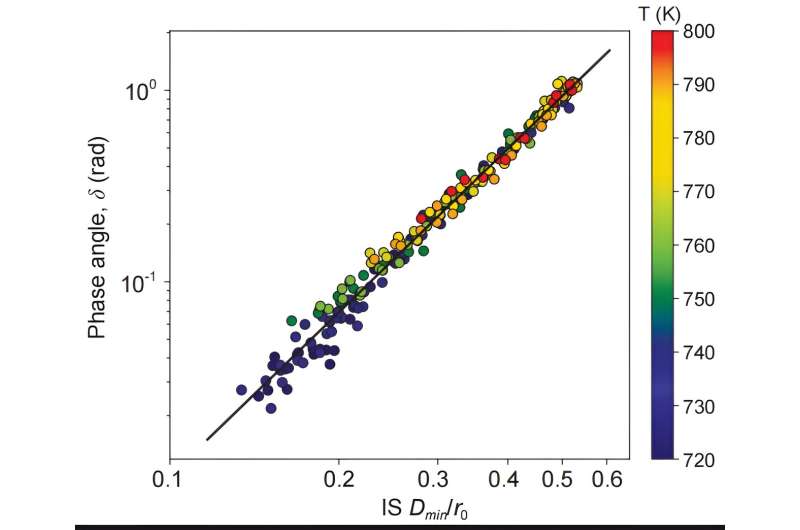This article has been reviewed according to Science X's editorial process and policies. Editors have highlighted the following attributes while ensuring the content's credibility:
fact-checked
trusted source
proofread
Toward a unified theory for dynamics of glassy materials

In the realm of disorder and amorphous systems, such as oxide glasses utilized in display technologies and the cryogenic preservation of biological materials, there exists a substantial body of contemporary scientific and technological exploration.
A distinguishing feature of disordered materials is the presence of intricate dynamic behaviors, known as relaxation processes, which span from atomic vibrations on the picosecond timescale to aging and densification processes that can extend over thousands of years. These relaxation processes play a pivotal role in shaping the diverse properties of glassy materials.
Recent research in the field of glass science has brought to light a variety of specific dynamic phenomena within glassy materials, prompting researchers to seek a unifying principle that can elucidate these processes across a wide spectrum of materials.
Hai-Bin Yu from Huazhong University of China and Konrad Samwer from the University of Gottingen recognized the absence of a comprehensive theoretical framework for understanding relaxation dissipation in disordered systems. Their research is published in the journal National Science Review.
Rising to the challenge, they proposed a novel perspective to tackle this issue. While previous studies typically delved into the relaxation dynamics of individual particles within glassy materials, Yu and Samwer opted to view the system as a whole, focusing on the overarching patterns of inherent structures.
This novel approach sheds light on the complex challenges in the field. Embracing this concept, they introduced a global order parameter, termed the inherent structure minimal displacement (IS Dmin), to measure the variability of configurations using a pattern-matching methodology.
By conducting atomic simulations on seven model glass-forming liquids, they were able to unify the impacts of temperature, pressure, and perturbation time on relaxation dissipation through a scaling law linking the mechanical damping factor to IS Dmin. They elucidated that this scaling law is a reflection of the curvature of the local potential energy landscape.
Consequently, they successfully identified a universal foundation for glassy relaxation, proposing that the variability of configurations, as quantified by IS Dmin uniquely determines the relaxation damping.
This work not only presents an innovative approach to studying disordered systems but also serves as an inspiration, showcasing the potential of advanced pattern-matching techniques as potent tools for analyzing complex systems.
More information: Hai-Bin Yu et al, Universal origin of glassy relaxation as recognized by configuration pattern matching, National Science Review (2024). DOI: 10.1093/nsr/nwae091
Provided by Science China Press





















